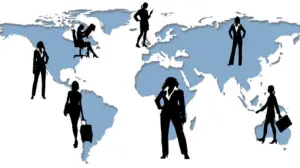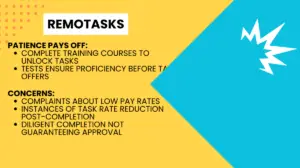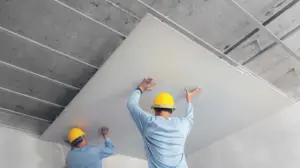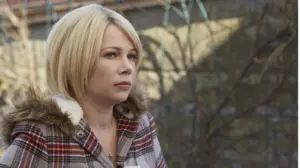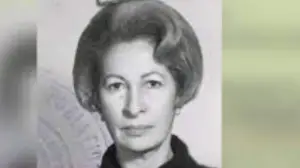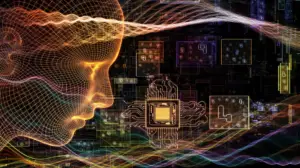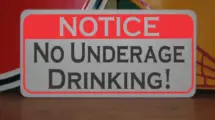Crime Scene Photos: Why They Are Taken and How They Are Used

Crime scene photos are images taken by forensic investigators at the location where a crime has occurred.
They are used to document the evidence, the environment, and the circumstances of the crime.
Crime scene photos can be very graphic and disturbing, but they are also very important for solving crimes and seeking justice.
In this article, we will explain why crime scene photos are taken and how they are used in different contexts.
Why Crime Scene Photos Are Taken
Crime scene photos are taken for several reasons, such as:
- To preserve the original condition of the crime scene before it is altered by investigators, suspects, witnesses, or other factors.
- To provide a visual record of the physical evidence, such as weapons, bloodstains, fingerprints, bullet holes, etc.
- To show the spatial relationships between the evidence, the victim(s), the suspect(s), and the surroundings.
- To capture any details that might be overlooked or forgotten by the investigators or witnesses.
- To support or contradict the statements of the suspects, witnesses, or experts.
- To help reconstruct the sequence of events and the modus operandi of the crime.
- To assist in identifying the victim(s) or the suspect(s), especially if they are unknown or deceased.
- To serve as legal proof in court proceedings and trials.
- How Crime Scene Photos Are Used
Crime scene photos are used in different contexts, such as:
Investigation: Crime scene photos can help investigators analyze the evidence, identify the suspects, establish the motive, and determine the cause and manner of death.
They can also help to compare and match the evidence with other crime scenes or databases.
Prosecution: Crime scene photos can help prosecutors to present their case and prove their arguments in court.
They can also help to convince the jury or judge of the guilt of the defendant and the severity of the crime.
Defense: Crime scene photos can help defense attorneys challenge the validity or reliability of the evidence or the investigation.
They can also help to raise reasonable doubt or suggest alternative explanations for the crime.
Education: Crime scene photos can help students and professionals to learn about forensic science and criminal justice.
They can also help to improve their skills and knowledge in crime scene investigation and reconstruction.
Media: Crime scene photos can help journalists and reporters to cover and report on crime stories and events.
They can also help to inform and educate the public about crime issues and trends.
Research: Crime scene photos can help researchers and scholars to study and understand various aspects of crime, such as its causes, effects, patterns, types, etc.
They can also help to develop new theories, methods, or solutions for crime prevention and intervention.
Conclusion
Crime scene photos are more than just pictures.
They are valuable sources of information and evidence that can help to solve crimes and seek justice.
However, they also pose ethical and legal challenges, such as respecting the privacy and dignity of the victims and their families, protecting the rights and interests of the suspects and their lawyers, and balancing the public’s right to know with the need for discretion and sensitivity.
Therefore, crime scene photos should be taken and used with care and caution.
If you found this article impressive follow for more on our blog page as sampled below:
Brenda Tracy Health Advocate Rape Case Update (2023)
Kelsey Grennan Car Accident and Injury Update (2023)
Michael Jace: The Actor Who Became a Murderer
Who Is Big Meech’s Daughter And How Many Kids Does He Have? Everything You Need To Know









